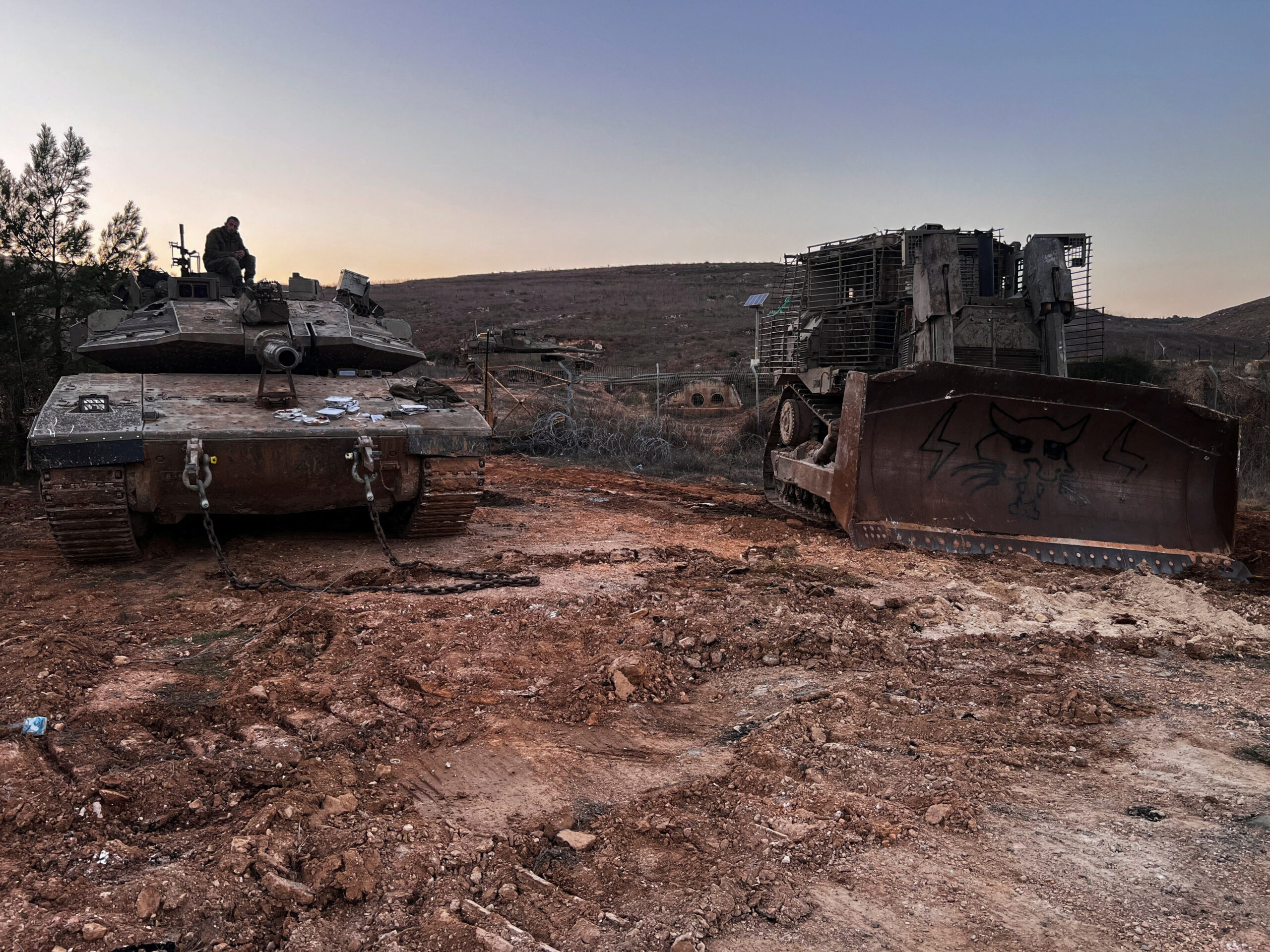For over 40 years Iran has provided refuge to Afghans fleeing violence, insecurity, repression and deprivation in Afghanistan. This includes an estimated 1.5 million1 Afghan children currently in Iran, many of whom arrived in the country since the takeover of Afghanistan by the Taliban in August 2021. With Afghanistan experiencing an unprecedented convergence of crises, including the effective exclusion of women and girls from society, the likelihood of sustained cross-border movements into Iran remains significant, adding to existing pressures.
Thanks to the Government and people of the Islamic Republic of Iran refugee children can access education despite their displacement given the country’s refugee inclusive education policy. This policy, one of the most progressive in the world, gives hundreds of thousands of refugee children equal access to the national education system as their Iranian peers.
However, the increase in the Afghan refugee population in Iran since 2021 has put an unprecedented strain on Iran’s generous hosting policies. As a result, the national education system has become overwhelmed, especially in refugee-hosting areas. Many Afghan children are unable to enrol in school simply due to a lack of physical capacity. At the same time, many Afghan families in Iran also face financial challenges in supporting their children to attend school, with affordability reportedly the most common reason for children not attending school among the at least 25% of school-aged Afghan children in Iran estimated to be out of school (with some estimates indicating that the actual percentage may exceed 50%2 ).
Afghan students also often require additional support to address the impacts of learning loss, support the transition to formal education, and to aid their mental and physical well-being or facilitate their passage to tertiary education.
Ensuring access to a quality education, which nurtures children in a protective and safe learning environment, is likely to become more challenging as demand for education services increases.
Non-participation and sub-optimal participation in education has far-reaching consequences. In the immediate term, education provides an entry point to address cross-sectoral needs that can shape a child’s physical and mental wellbeing.
Over the longer-term, education has far-reaching implications on living standards and community resilience, with level of education a key determinant of employment prospects and future earnings, as well as a key enabler in facilitating voluntary returns. Further, strategic investments in education for girls benefits the whole society, helping to support communities, enhance wellbeing at the household level, strengthen the economy and reduce systemic inequalities.
Moreover, investment in education can contribute to social cohesion and co-existence between communities, benefitting Afghans and Iranian host communities alike.
There is a need for a significant scale-up of assistance to ensure Afghans children and youth in Iran can enjoy sustained access to quality education. In addition to addressing barriers to accessing education, complementary actions are needed to ensure that once in education, children are given the necessary support to attain their learning goals.
This Education Brief provides a detailed analysis of education-related needs among refugees and their host communities in Iran, as well as the capacity of the education system to accommodate these needs. In defining the gaps and challenges to education in Iran, international aid organizations call on increased responsibility-sharing to ensure that Afghan children and youth do not become a lost generation. This acknowledges that, as the largest recipient of Afghan refugees and with education opportunities for Afghan women and girls in Afghanistan restricted, the inclusive education policies of the Islamic Republic of Iran provide a lifeline for millions who may otherwise be out of school. As such, Iran provides the best alternative in ensuring continued education for Afghan children and youth, especially for women and girls.
Building on the momentum of the Global Refugee Forum, scaled-up support is required to (i) maintain a comprehensive inclusive approach to education based on the inclusion of refugees and asylum seekers in the national education system; (ii) assist the most marginalized who are at greatest risk of being left behind, through assistance that addresses all facets of their physical and mental wellbeing; iii) promote pathways for life-long learning that spans early childhood to adulthood, also recognizing that education for Afghan’s youth is the only means to achieve durable solutions.
To advance towards these objectives, seven international aid organizations are actively engaged in supporting education responses to Afghan Refugees and Iranian Host Communities and are appealing for US$ 119.2 M for education under the Regional Refugee Response Plan for Afghanistan Situation (RRP) 2024-25. This coordinated and needs-based inter-agency strategy supports education for Afghan refugees and Iranian host communities alike, prioritizing efforts to:
Improve access to equitable, safe and inclusive education for Afghan refugees and their Iranian host communities, with a particular emphasis on reducing barriers to education for girls.
Enhance the quality of education opportunities available through the development of a safe and protective learning environment that improves overall learning outcomes and enhances resilience, with an emphasis on life-long learning.
These organizations bring a wealth of experience and expertise; implementing complementary yet diverse programmes that seek to mitigate the multiple dimensions and drivers of education-related needs in close partnership with the Government of Iran.
Applying an integrated approach, partners interventions under education also contribute to a range of muti-sectoral outcomes, particularly in relation to protection (child protection), WASH, health and nutrition that support the overall physical and mental wellbeing of young persons.






